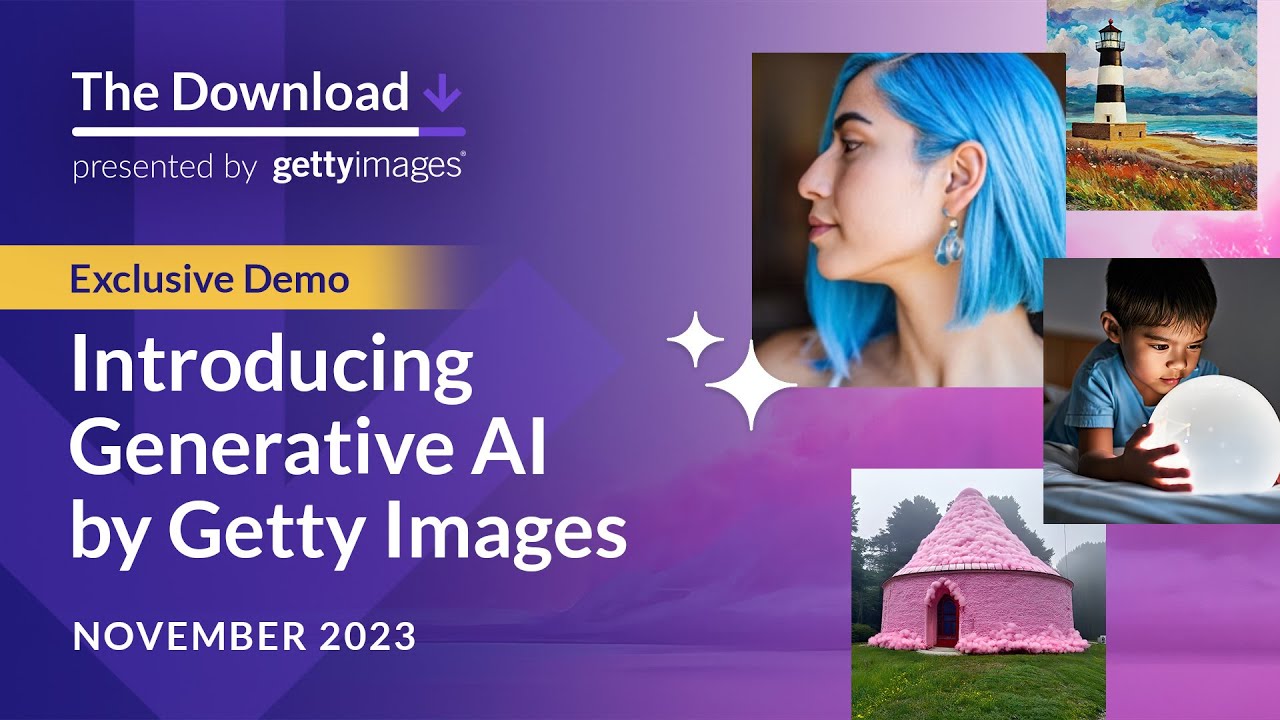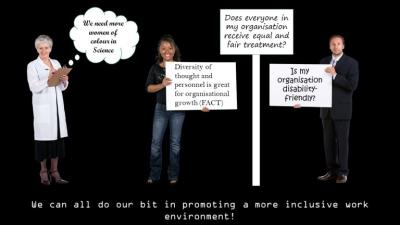Getty Images offers a vast library of editorial content, which can be invaluable for news articles, blogs, and educational materials. However, using this content requires understanding licensing terms to avoid legal pitfalls. This guide will help you navigate the complexities of using Getty Images editorial content legally, ensuring that you make the most out of these rich resources while respecting copyright laws.
Understanding Getty Images Editorial Content

Getty Images editorial content refers to images, videos, and other media provided for use in non-commercial, newsworthy contexts. Such content includes photographs of public events, celebrities, historical moments, and other timely subjects. These items serve to illustrate stories, enhance understanding, and provide context in journalistic endeavors.
It’s crucial to recognize the limitations associated with this type of content. Unlike commercial images, which can be used flexibly for marketing, branding, or product promotion, editorial content is typically restricted to use in editorial contexts such as articles, blogs, and documentaries. Usage may still be subject to specific guidelines, including limitations on alteration or alteration for advertising purposes.
Furthermore, specific licensing agreements outline how and where these images can be used. Users must ensure they are adhering to the terms set forth by Getty Images to avoid legal complications, which may include possible fines or removal of content.
The Importance of Licensing for Editorial Use

Licensing is a fundamental aspect of using Getty Images editorial content. Getty Images provides different licenses based on how you intend to use their images. Understanding these licenses is essential to ensure you are utilizing the content correctly and legally.
When you purchase or acquire an image, you agree to the terms of the license, which can include restrictions on reproduction, distribution, and modification. For editorial use, the licenses are tailored to accommodate journalistic purposes—utilizing images in a way that informs or educates the audience without commercial intent.
Adhering to licensing terms protects both the creator’s rights and the user’s interests. When you respect these terms, you uphold the integrity of creative work and avoid infringing on copyrights. Failure to comply with license agreements could result in serious legal repercussions.
In summary, understanding the nature of Getty Images editorial content, along with the importance of proper licensing, is essential to legally and ethically use these valuable resources in your projects.
Step-by-Step Guide to Access Getty Images Editorial Content
Accessing Getty Images‘ editorial content might seem overwhelming at first, but it’s actually quite simple once you know the steps. Here’s a straightforward guide to help you navigate the process:
- Visit the Getty Images Website: Start by going to the Getty Images site. You’ll find a wealth of imagery in various categories.
- Navigate to Editorial Content: Look for the search bar at the top of the page. You can type in keywords related to what you’re looking for (like “sports,” “politics,” or “entertainment”) and select “Editorial” from the options. This filters the search results to only include editorial content.
- Choose Your Image: Scroll through the offerings and select an image that suits your needs. Each image comes with details about its licensing options.
- Check Licensing Opportunities: Before downloading or using the image, click on the licensing information. This will detail how the image can be used, including any restrictions that may apply.
- Sign Up or Log In: If you find something you want to use, you’ll need to create an account or log into your existing Getty Images account. Some images may be free to use with proper attribution, while others may require payment.
- Download the Image: After securing any necessary licenses or permissions, you can download the image directly to your device. Ensure you’re following all relevant guidelines for using the image.
And there you have it! Just follow these steps, and you’ll be well on your way to legally using Getty Images’ editorial content.
How to Properly Attribute Getty Images Editorial Content
Attributing Getty Images editorial content correctly is essential for using the images legally and ethically. Here’s how to do it the right way:
- Follow the Attribution Guidelines: Getty Images typically provides specific guidelines on how to attribute their images. Make sure to read these guidelines before using any image.
- Include the Photographer’s Name: When you use an image, always credit the photographer. For instance, you might write: Photo by [Photographer’s Name] via Getty Images.
- Add the Source: It’s crucial to include “Getty Images” in the attribution. For example: Image courtesy of Getty Images.
- Provide Context: Especially for editorial images, providing context can enhance their usage. Mention the event or subject depicted in the photo, which reinforces the narrative you’re creating.
Here’s a quick example of what an attribution might look like:
Image: A jubilant crowd at the 2023 Music Festival. Photo by John Doe via Getty Images.
By following these attribution guidelines, you not only respect copyright laws but also uphold the integrity of the images and contribute to the global creative community. Always remember, proper credit goes a long way!
Common Mistakes to Avoid When Using Editorial Content
Using editorial content, especially images from platforms like Getty Images, can be a fantastic way to enhance your projects. However, there are several common pitfalls that can lead to legal troubles. Here are the main mistakes to avoid:
- Not Understanding Licensing: Many users mistakenly believe that editorial content can be used freely. Remember, these images come with specific restrictions, so it’s crucial to read and understand the licensing agreement.
- Ignoring Attribution Requirements: Some editorial images require proper attribution. Failing to credit the source can lead to copyright disputes. Always double-check what the licensing terms specify.
- Using Images for Commercial Purposes: Editorial content is intended strictly for non-commercial use. Using these images in ads or promotional materials is a common mistake that can get you into hot water.
- Failing to Check for Model or Property Releases: Even if an image is available for editorial use, if it features recognizable people or private properties, it may still require releases. Always ensure you have them when necessary.
- Assuming Fair Use Applies: Some users mistakenly believe that the fair use doctrine protects them when using editorial content. This is not always the case, especially in commercial contexts. Familiarize yourself with fair use limitations.
By avoiding these common mistakes, you can ensure that your use of editorial content is both effective and legally compliant.
Real-Life Examples of Legal and Illegal Use
To truly understand the implications of using Getty Images editorial content, let’s examine some real-life scenarios. These examples will highlight what to do and what to avoid:
| Scenario | Legal Use | Illegal Use |
|---|---|---|
| A blog post about a public event using a Getty image with proper attribution. | &10004;&65039; | &10060; Missing attribution or using it without permission. |
| Social media posts featuring a Getty editorial photo discussing a news topic. | &10004;&65039; | &10060; Using the same photo in a sponsored ad promoting a product. |
| A non-profit organization using an editorial image in a free newsletter. | &10004;&65039; | &10060; Selling merchandise that includes the Getty image without rights. |
| A school project showcasing a Getty image in an educational presentation. | &10004;&65039; | &10060; Reproducing the image in printed materials for sale. |
These examples illustrate how important it is to recognize the boundaries between legal and illegal use. Always err on the side of caution and ensure you have the rights you need for your intended purposes to avoid potential legal trouble.
Alternative Options for Editorial Images
If you find that Getty Images’ editorial content doesn’t quite fit your needs, don’t worry! There are plenty of alternative sources where you can find editorial images legally. Here’s a rundown of some great options:
- Stock Photo Websites: Sites like Shutterstock, Adobe Stock, and iStock offer a variety of editorial images, often with different licensing terms compared to Getty.
- Creative Commons: Platforms like Flickr or Wikimedia Commons provide images that fall under Creative Commons licenses. Be sure to read the specific license for attribution requirements.
- Public Domain Images: Websites like PublicDomainPictures or Pixabay offer images that are in the public domain. These can be used without worrying about copyright, but still, check for any stipulations.
- News Outlets and Agencies: Many news organizations allow use of their images under certain conditions. Websites like Reuters or Associated Press often have sections for editorial use.
- Social Media Platforms: Images shared on platforms like Instagram or Twitter can sometimes be used for editorial purposes, but always remember to obtain permission from the content creator before use!
When using these resources, it’s essential to read the licensing agreements carefully. Each source may have specific requirements for attribution or limitations on usage, especially for commercial purposes. By exploring these alternatives, you can find the perfect editorial images while staying compliant with legal standards!
Staying Updated on Copyright Laws and Getty Images Policies
In the ever-evolving landscape of copyright laws and content usage, it’s crucial to stay informed, especially if you’re using sources like Getty Images. Here’s how you can keep up:
- Regularly Visit Getty’s Website: Getty Images has a dedicated legal or policy section on their website. Check this often for updates regarding licensing changes and usage guidelines.
- Subscribe to Newsletters: Sign up for copyright law newsletters or blogs. They often cover changes in legislation that could impact your use of images.
- Join Industry Groups: Many photography and publishing organizations offer resources, workshops, and discussions about current copyright matters.
- Follow Legal Experts: Social media platforms like Twitter or LinkedIn have many experts discussing copyright law. Following them can provide insights and timely updates.
- Attend Webinars and Conferences: These events often focus on copyright issues, including safe image usage practices.
Remember, copyright laws can vary by country, so if you’re working internationally, make sure you understand the local laws as well. Staying updated not only protects you legally but also enhances your credibility as a content creator!
FAQs About Using Getty Images Editorial Content Legally
Getty Images is a leading provider of visual content, offering a vast library of editorial images that can be utilized in various media. However, understanding the legal aspects of using these editorial images is crucial. Below are some frequently asked questions that clarify how to navigate Getty Images’ licensing correctly.
What is Editorial Content?
Editorial content from Getty Images refers to photos and videos that are intended for news and informational purposes. These images are not meant for commercial use and typically require proper attribution.
How Can You Use Getty Images Editorial Content Legally?
To use Getty Images’ editorial content legally, consider the following steps:
- Purchase a License: Make sure to purchase an appropriate license that suits your needs, whether for print or digital use.
- Attribution: Provide proper credit to the photographers and Getty Images where necessary.
- Avoid Commercial Use: Remember that editorial content cannot be used for promotional purposes, products, or advertising.
- Adhere to Restrictions: Familiarize yourself with any geographical or temporal restrictions on the use of specific images.
What Are the Risks of Using Editorial Images Without Permission?
Using images without proper licensing poses serious risks, including:
| Risks | Consequences |
|---|---|
| Legal Action | Infringement lawsuits from Getty Images or photographers. |
| Fines | Financial penalties for unauthorized use of images. |
| Content Removal | Removal of non-compliant content from your platform. |
In conclusion, using Getty Images editorial content legally requires understanding licensing rules, proper attribution, and adherence to restrictions. Following these guidelines will help you avoid legal pitfalls while enhancing your content with high-quality images.


